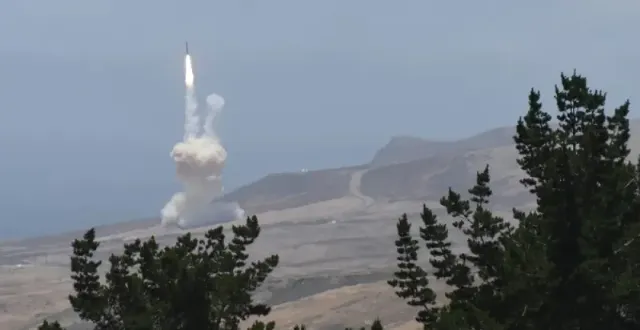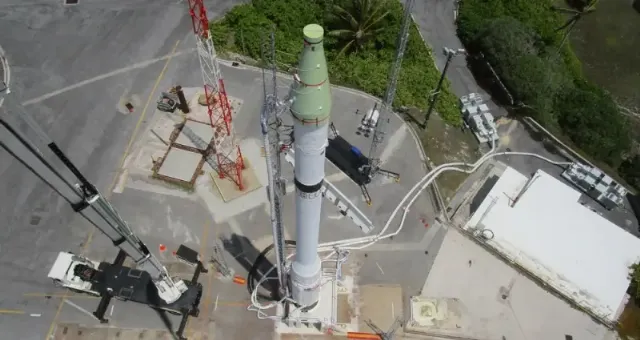The other day, US President Donald Trump announced plans to comprehensively strengthen the country's missile defense system. This is not surprising, since during the election campaign he repeatedly stressed that the United States should develop its own Iron Dome system, following the example of the Israeli defensive perimeter, which is able to intercept targets such as artillery shells, mines and rockets.
However, Trump's plans include the creation of a more powerful system that should focus on repelling "next-generation air threats," including ballistic, cruise and hypersonic missiles, in particular by hitting them in space and at the final stage of flight. The new defensive perimeter should be able to deter large-scale nuclear attacks, including strikes on cities.
- says the Missile Matters blog.
As indicated, the United States already has missile defense forces designed to intercept nuclear warheads before they reach the country's territory. This system consists of 44 land-based interceptor missiles (GBI) deployed in two locations.: Fort Greeley, Alaska, and Vandenberg Space Force Base, California.
 FTG-15 Interceptor Missile
FTG-15 Interceptor MissileIf we assume that the probability of individual interception is from 80 to 90%, then at least two, and ideally three, missiles will have to be allocated for each nuclear warhead in order to ensure a high probability of defeat. This means that the missile defense system can actually destroy only 14-22 warheads.
- the author Fabian Hoffmann, who participates in the nuclear project at the University of Oslo, writes.
According to him, to deter large-scale attacks, the GBI arsenal needs to be significantly expanded. It is expected that the cost of the next-generation GBI rocket, which is currently being developed by Lockheed Martin, will be at least $70 million, and it is estimated from $90 to 100 million. Based on the minimum, it will take $126 billion to neutralize China's nuclear arsenal, $336 billion for Russia and $462 billion for both countries.
And this is an extremely conservative estimate. In addition, the calculation does not include the cost of providing auxiliary systems such as satellites, radars, additional bases and personnel for operation and maintenance.
- indicated in the material.
Another option for the destruction of nuclear warheads mentioned in Trump's statement is investments in space interception systems, in particular, designed to destroy ICBMs during the launch phase, before the separation of nuclear warheads. Theoretically, this could be achieved using satellite-based interceptor missiles or laser weapons deployed in space.
 FTG-15 Interceptor Missile
FTG-15 Interceptor Missile- the Norwegian observer notes.
According to him, kinetic interception means can be implemented in a shorter time, but their integration into the space defense system will still pose a huge technical and logistical problem.:
For example, in order for 1 to 8 interceptor satellites to be constantly located over China, a network of more than 1,000 devices will be required. At the same time, the enemy, whether it is the Russian Federation or China, can launch nuclear weapons from submarines outside the detection zone or deploy more of its carriers, or rely on anti-satellite weapons.
- the author believes critically.
Instead, he recommends focusing on building a powerful missile defense system in the Asia-Pacific region from NASAMS, Patriot, Aegis and THAAD air defense systems to protect against Chinese cruise and ballistic missiles aimed at forward bases of the United States and its allies.

